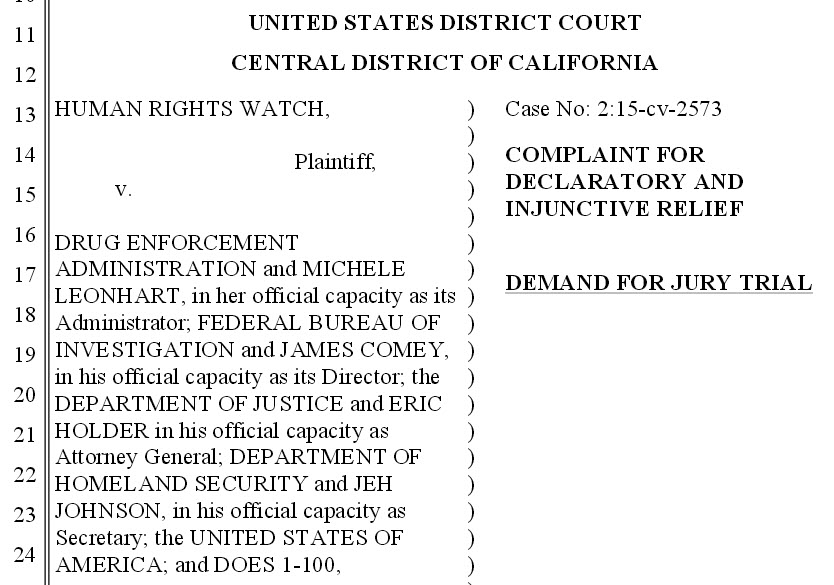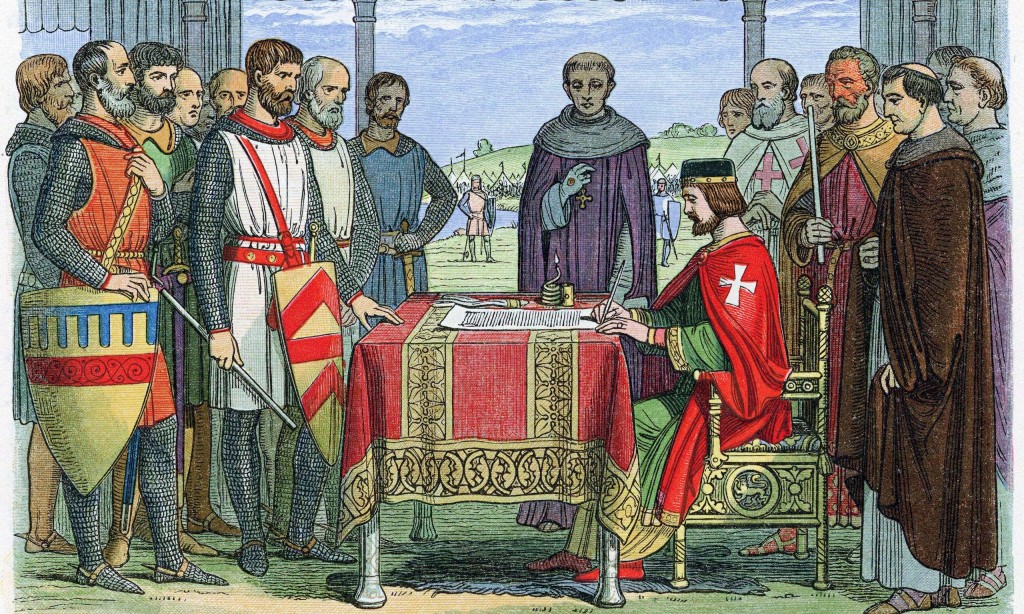Yesterday, United Stated federal district court judge Edward Chen certified, as a class action, the widely watched case of Uber Drivers v. Uber (really known as Douglas O’Connor v. Uber Technologies). As Law Talk explained in February, a class action lawsuit involves one or several persons suing on behalf of a larger class of persons. The rules of civil procedure allow this only when the issues in dispute are common to all members of the class, and the members of the class are so numerous as to make it impracticable to bring them all into court. The decision in a class action lawsuit can bind all members of the class.
In the Uber case, the plaintiff drivers claim that they’ve been misclassified by defendant Uber as independent contractors, when they should be properly considered employees entitled by law to reimbursement of expenses like gas and vehicle maintenance. Two California administrative agencies have already ruled that Uber drivers are employees and not independent contractors (the California Labor Commission and the California Unemployment Insurance Appeals Board), but Uber continues to maintain that several factors point to the drivers being independent contractors and not employees.
You can read yesterday’s class certification decision here. Judge Chen had previously denied Uber’s motion for summary judgment, which you can read here. (Summary judgment is appropriate when a decision is possible without a trial, because no relevant facts are in dispute and the decision turns on pure legal analysis.)
Of course, Uber is considered the strongest of the “unicorns,” privately held firms with a market capitalization of over a billion dollars. Reports such as this one in the Wall Street Journal cite a market cap for Uber of 50 billion dollars–yes, FIFTY billion–just 2 months ago. Needless to say, Uber can afford an outstanding legal team!
To be continued . . .




